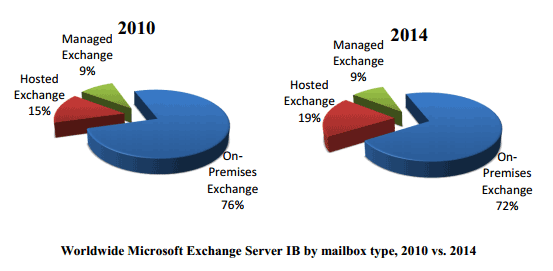From this article you will learn how to send custom HTML emails using Outlook. Send Personally plug-in allows you to send individual and bulk emails and prevents Outlook from messing up the code.
Send files in Outlook emails automatically with MAPILab Toolbox
Microsoft Office was designed from the ground up as a powerful productivity platform for numerous PC-related tasks and jobs, and has gained massive popularity over the years, becoming the leading solution on the market.
However, making it a truly all-purpose tool, able to perform in practically every scenario that the modern workplace produces, is no small task.
To counter this limitation, Microsoft has included the possibility for independent developers to create their own functions into the platform, without compromising its integrity or copyright licenses, by introducing the MAPI (Messaging Application Programming Interface) protocol – a sort of “bridge” for anyone to use between the closed architecture of Office and supplemental software written in popular programming languages in order to include a desired feature. This protocol has allowed many to produce their own long-sought productivity improvements that Microsoft had or has no desire to implement owing to small margins – the main features of Office require many man-hours to maintain as it is. Consequently, an impressive number of such software products have appeared on the Internet over the years as the result.
Outlook 2013 Attachments Reminder under the hood
Since the 2013 version, Microsoft Outlook users have had the option to activate automatic reminders concerning message where attachments may have been forgotten.

Mail merge from Excel spreadsheet data
Have you ever had to send out similar messages to a substantial number of recipients with just a few slight alterations in the body and the subject of the message? Have you ever had to deploy a personalized marketing campaign or send special offers to your most loyal customers so that any of them would feel truly special? Then you might have probably made use of the mail merge technology, or, at least have heard of it. In a nutshell, mail merge works as an inverse template or, rather, super-template, when, instead of using the same template to create similar messages over and over again, a user creates just one template with a number of placeholders which propagates itself across all the messages adding specific values for each recipient from a pre-set database, such as the recipient’s email address, first name, date, price, city or position.
Mail merge in Outlook 2007
As you may know, the famous Mail Merge Outlook function that Microsoft introduced more than a decade ago has endured almost every iteration of the Microsoft Office family. Today, we are going to describe its use in Microsoft Office 2007.
Mail Merge in Outlook 2007 works the same as in other Microsoft Office family releases and targets the same goal: the creation of convenient and efficient mass mailings with some degree of personalization while drastically improving the work process for the people in the field. It allows creation of bulk email letters to each individual on a mailing list, using a single message / Word document, by employing “Macros”, which serve as placeholders for data taken from an external “data-source” and are replaced by the actual values when the messages are generated.
What is Mail Merge in Outlook and how to do Mail Merge better
In 2001 Microsoft introduced, among many other things, an invaluable productivity improvement to its Office suite (Microsoft Office 2002 at the time), that would raise the industry standard for professionals involved with a job that requires frequent email correspondence with a large client base for many years to come. Microsoft named its new feature “Mail Merge” – a welcome addition to the Microsoft Word application, which would allow a user to take an entirely different approach to communicating across a broad client base.
Microsoft reports 1.1 billion Office users. Does the IPhone beat Microsoft Outlook in the e-mail clients market?
For many years Microsoft Outlook was the most popular email client in the world. According to the latest research, Microsoft Exchange Server accounts for more than half of business mailboxes in 2014; that is, 500m in absolute figures. Many of these users are using Microsoft Outlook, where Outlook Web Access still plays a companion role.
The installation base of Microsoft Office is about 1 billion. This figure can be found in many articles. In 2014 Microsoft reported that over 1.1 billion people use Microsoft Office. So the estimated base of Microsoft Outlook users in 2014 is between 500m and 600m.
Cloud business mail has not meet expectations in the last four years?
Some interesting numbers can be found in the research of the Radicati Group. This company specializes in researching e-mail, security, instant messaging and social networking with a focus on enterprise market.
In the study entitled “Microsoft Exchange Server and Outlook Market Analysis, 2010-2014”, we see that on-premises Exchange in 2010 has 76% of mailboxes as opposed to 15% being hosted and 9% from managed Exchange.








